RAF Swannington
Known locally as RAF Haveringland, either way it’s a little Gem, I spent the best part of a blisteringly hot afternoon messing around on the edges of an all but invisible Second World War airfield. It’s just there, lost in the landscape, the fields slowly inexorably folding back over it. It’s also a double tap to the head for me, as the settlements round here have many characteristics of DMVs (Deserted Medieval Villages). Swannington was the last airfield built in Norfolk, largely housing the beautifully built wooden framed Mosquitos, more famed for their semi fictional exploits in 633 Squadron than the hard fight their real crews put in during the war. During the war it was an active base under 100 group administration with 85 and 157 squadrons operating from here usually as bomber support ducking and diving in and out of the heavy bomber streams trying to knock out any opposition. Doubtless there was fucking and skiving as well when back at base as is the way with most people in their early twenties let of the leash, more so if you’re living on a knife edge. There is one particularly fine old photograph of a Mosquito (inset below) standing on the dispersal next to the church which you can in the middle left of the picture, had I time I’d have vanished off back there and had an imagine.
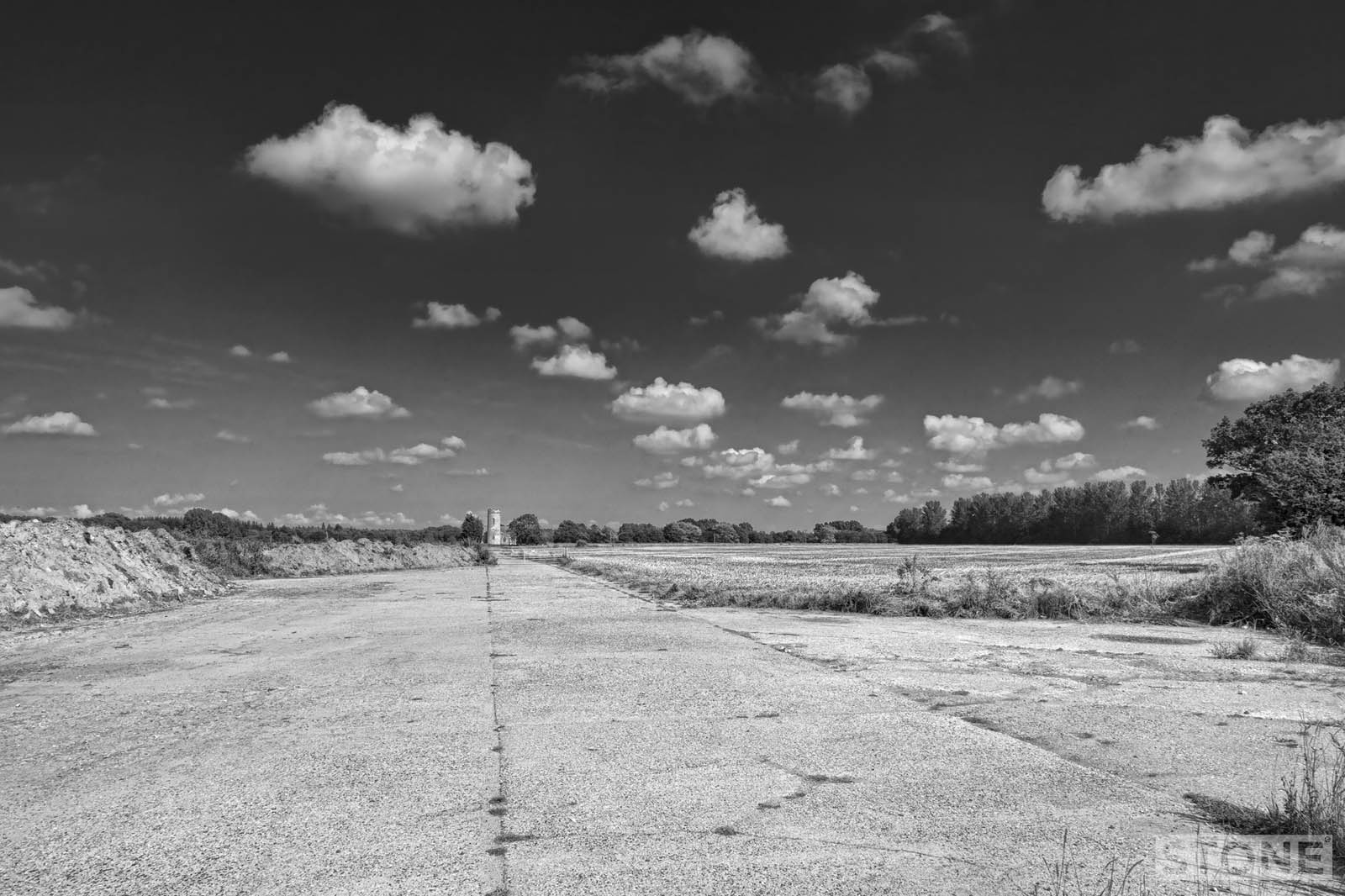
This bit is the perimeter track at the Eastern end of the airfield just off the Haveringland Road south of the Park. The church of St Peter’s Haveringland is accessible although gated and locked, you’ll have to walk or open gates and move cars and close them again type thing. The church itself is usually locked.
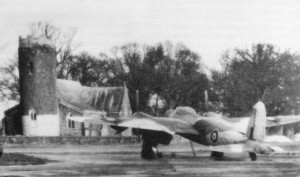 When I got here despite research I wasn’t sure what I’d find, I knew there was a scattering of buildings, but the runways have long since been smashed up and returned to agriculture as you can see from aerial view and googlemaps, but the pattern is still visible. There’s a surprising amount of stuff for a Landescapist to seek out, bits of dispersal, pieces of exciting concrete track. There’s even buildings hidden away earth jammed up in the pathways to stop cars in front of what look like mess buildings even a control tower being used as a store which in itself deserves another visit with permission to view it properly. The site extends as far as Haveringland Hall, which was the officers Mess, at one time it featured a large number of Nissan huts the sleeping and eating quarters of the young men, most of these have now gone marked by tumuli in the woods.
When I got here despite research I wasn’t sure what I’d find, I knew there was a scattering of buildings, but the runways have long since been smashed up and returned to agriculture as you can see from aerial view and googlemaps, but the pattern is still visible. There’s a surprising amount of stuff for a Landescapist to seek out, bits of dispersal, pieces of exciting concrete track. There’s even buildings hidden away earth jammed up in the pathways to stop cars in front of what look like mess buildings even a control tower being used as a store which in itself deserves another visit with permission to view it properly. The site extends as far as Haveringland Hall, which was the officers Mess, at one time it featured a large number of Nissan huts the sleeping and eating quarters of the young men, most of these have now gone marked by tumuli in the woods.
On the North Eastern edge of the old airfield, you walk along another small section of perimeter track that takes you through the technical area, just before you reach it is the end of SW/NE runway, this is it, just a track now, a layer of tarmac is slowly disintegrating freeze thawed in the heat and cold of the Norfolk seasons slowly peeling and revealing the concrete roadway underneath. This whole area up near St Peter’s Church and towards Haveringland was crammed with Dispersal loops and technical and admin buildings, mostly now gone, a few still remain, one appear to have been a workshop, something that might be a NAAFI, the site of the T2 hanger now contains a more modern agricultural industry building on it’s footprint.
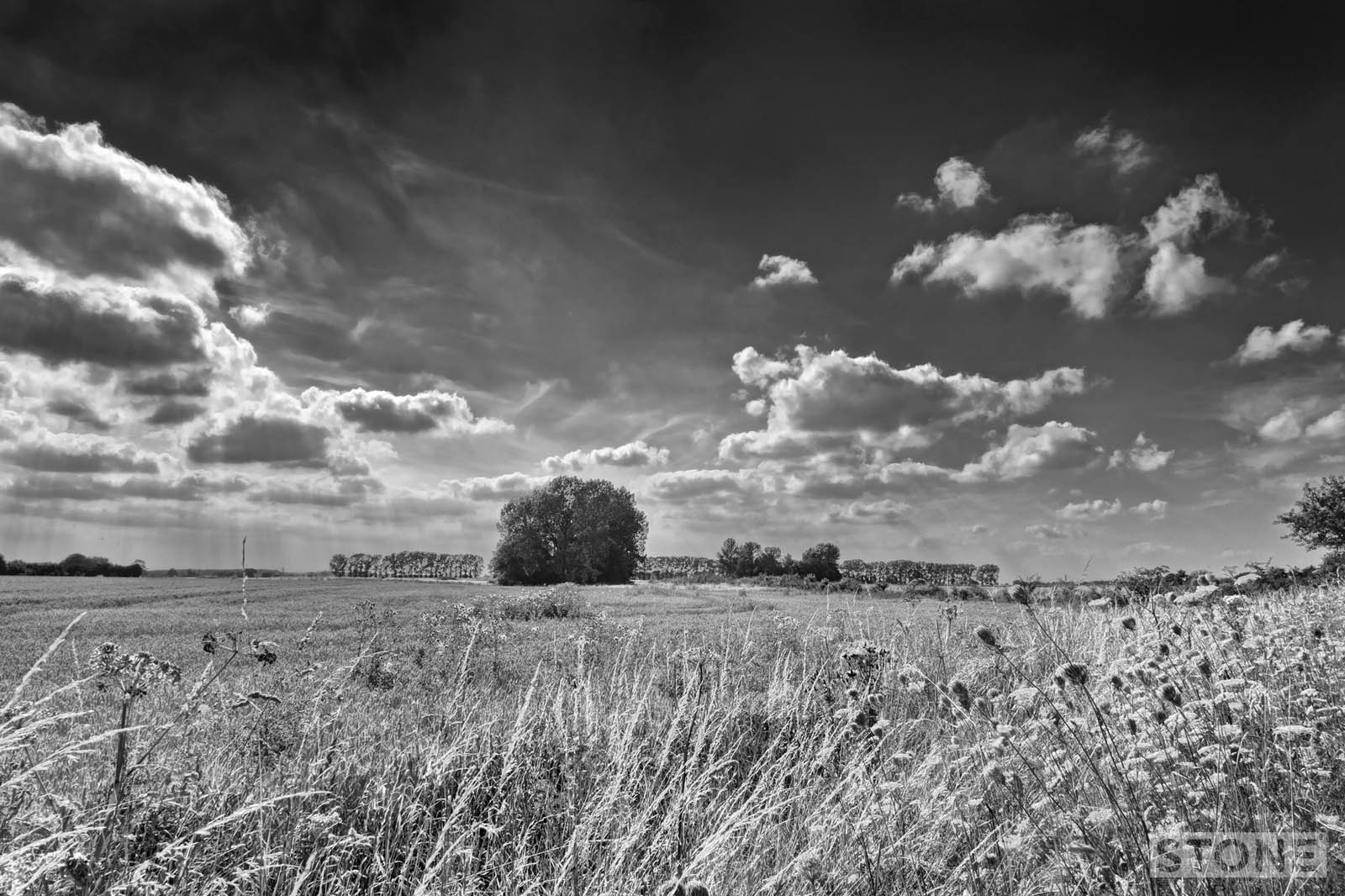
Viewed from the Haveringland Road as it cuts through the base, this was shot with me standing in what would have been the middle of the East West Runway. The block of trees are planted just to the left of that line, The row of trees behind it isn’t a runway, it would have been nice, I thought it was, but it ain’t It is just a windbreak planted post war, probably on an old hedge line. Like Deopham Green, there’s a residual amount of concrete in the form of tracks, where the full width was taken out but some concrete was left as a roadway, makes sense. There’s also a few odds and ends of runway at nearly full width.
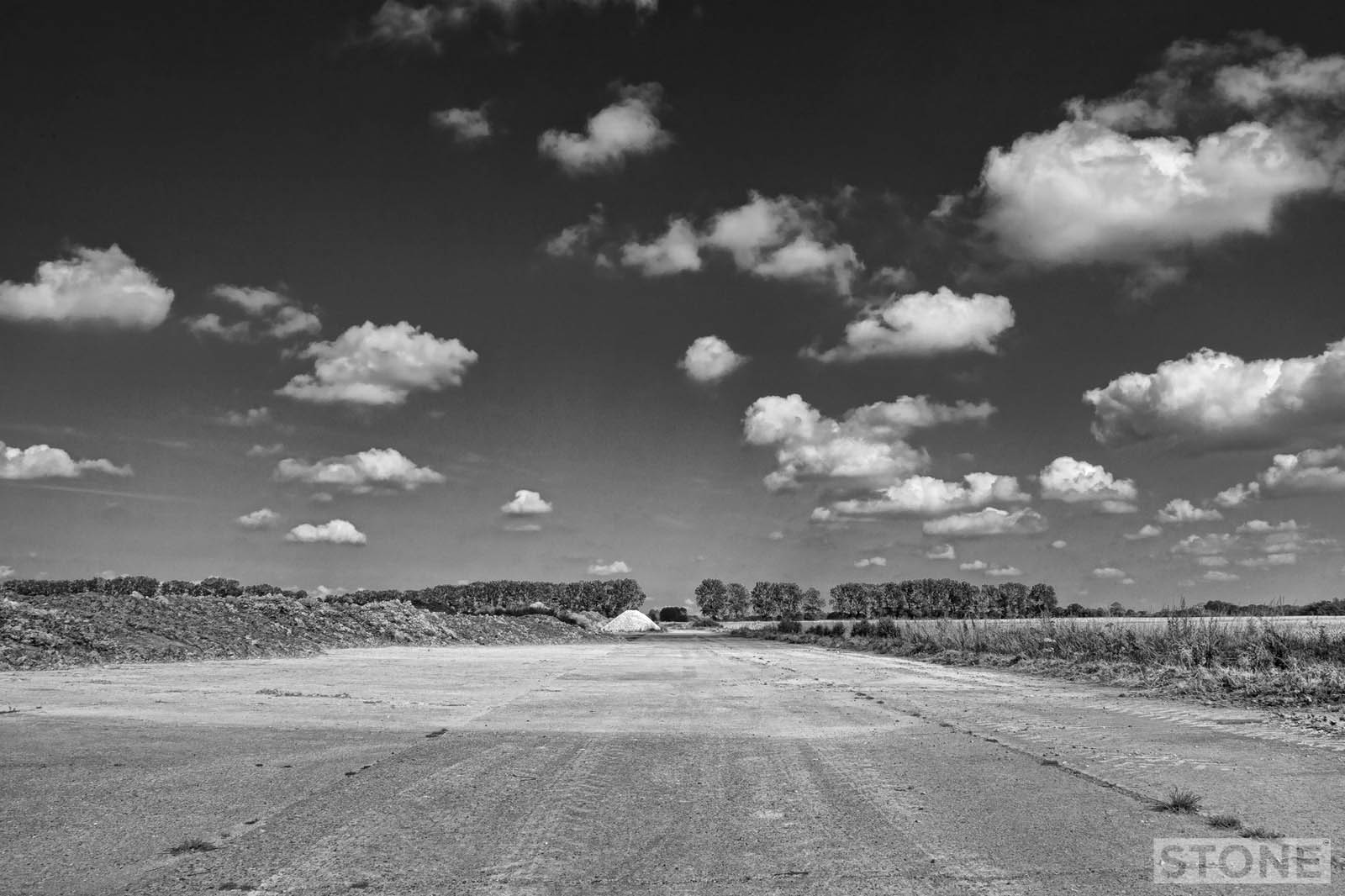
The western end of the main east west runway, this chunk appears to be full width, although it’s not full length by any stretch of the imagination, now being used as hard-standing, with what looks like marl on it. It sits just off the old airfield perimeter track which is basically tarmac straight on part of the old concrete taxiway or road that ran around the whole site, nice taxiing around that in the car.
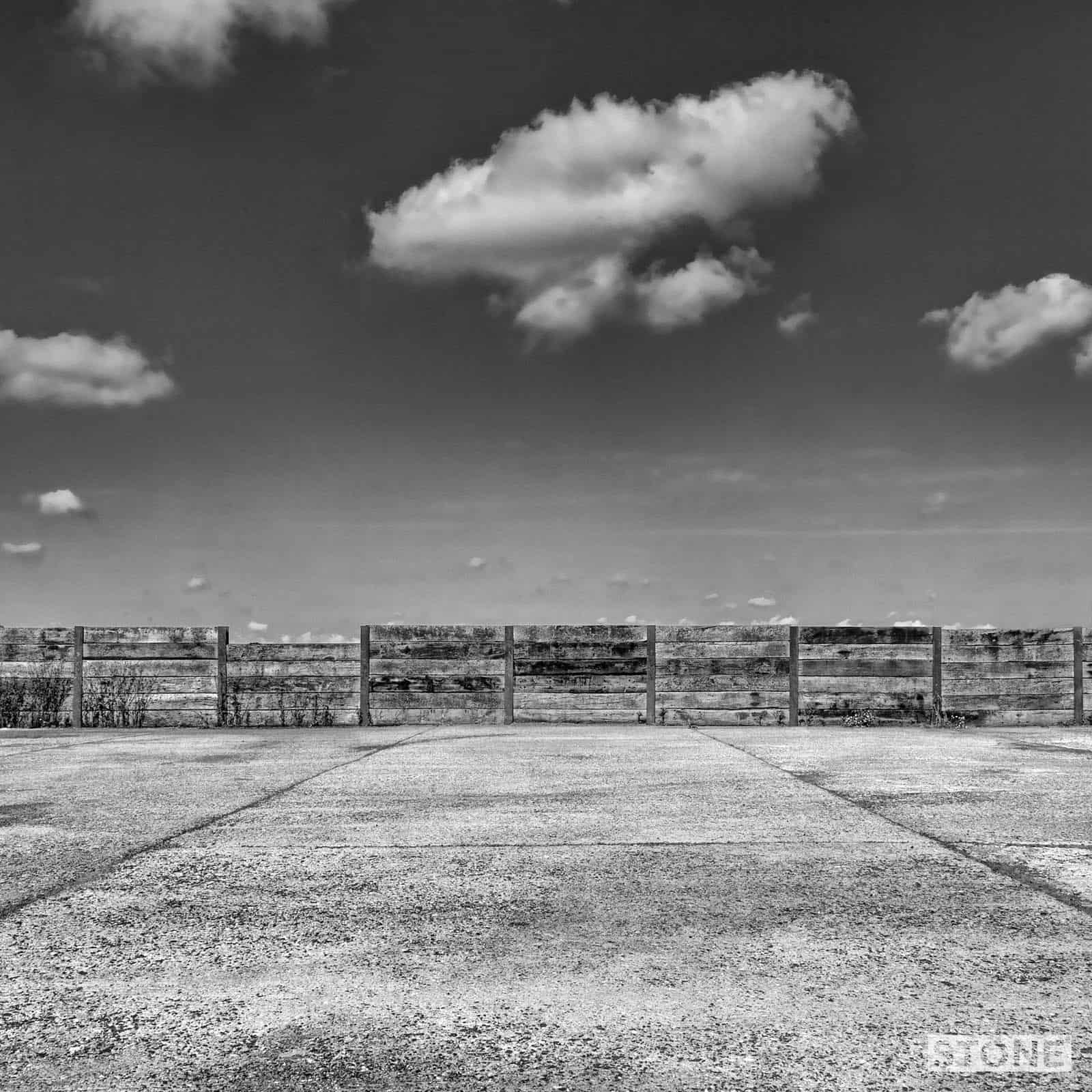
Looking North East at what would have been the end of the runway, a containing wall built from sleepers to hold the fertiliser and muck, the concrete pad now agricultural hardstanding the only easily visible remnant of the runway.
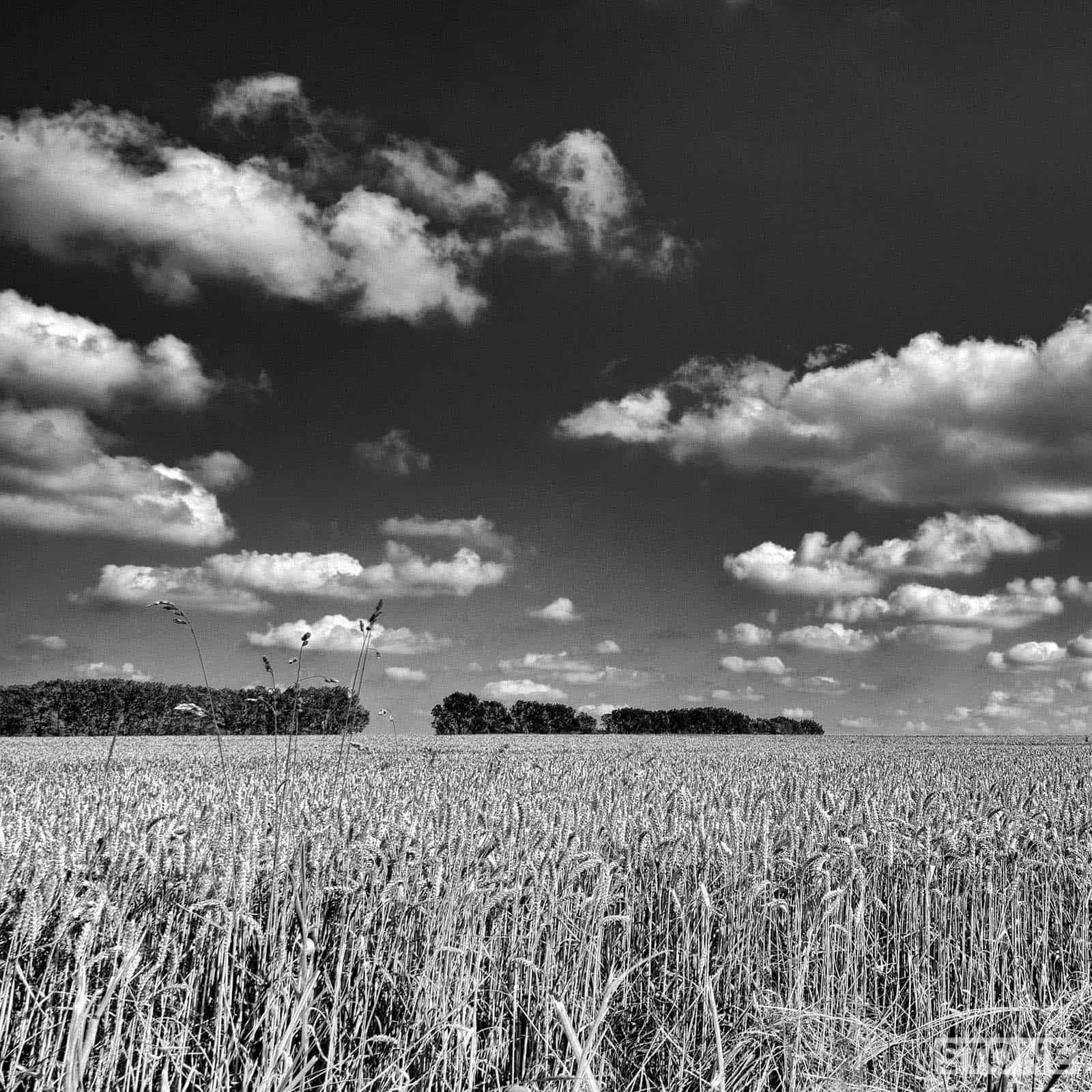
Above the view looking through that unpredictable British summer heat distilling into the dry ripening cereals. The gap in the trees is the only visual marker of the old RAF base runway line running east to west, viewed from the Western perimeter where it becomes a private track.
After the war it sadly became a Mosquite graveyard; a knackers yard, engines and useful chunks were stripped and the wooden airframes and other bits were dragged off and burnt in the fields, given the number of Mosquitos left flying this seems a sad ending to one of the more beautiful shapes in the skies of Europe during the war. And then it reverted to the fields, the young airmen and crew replaced by farm workers. Yet still a lovely lovely chunk of residual echoing history. Achingly nice.
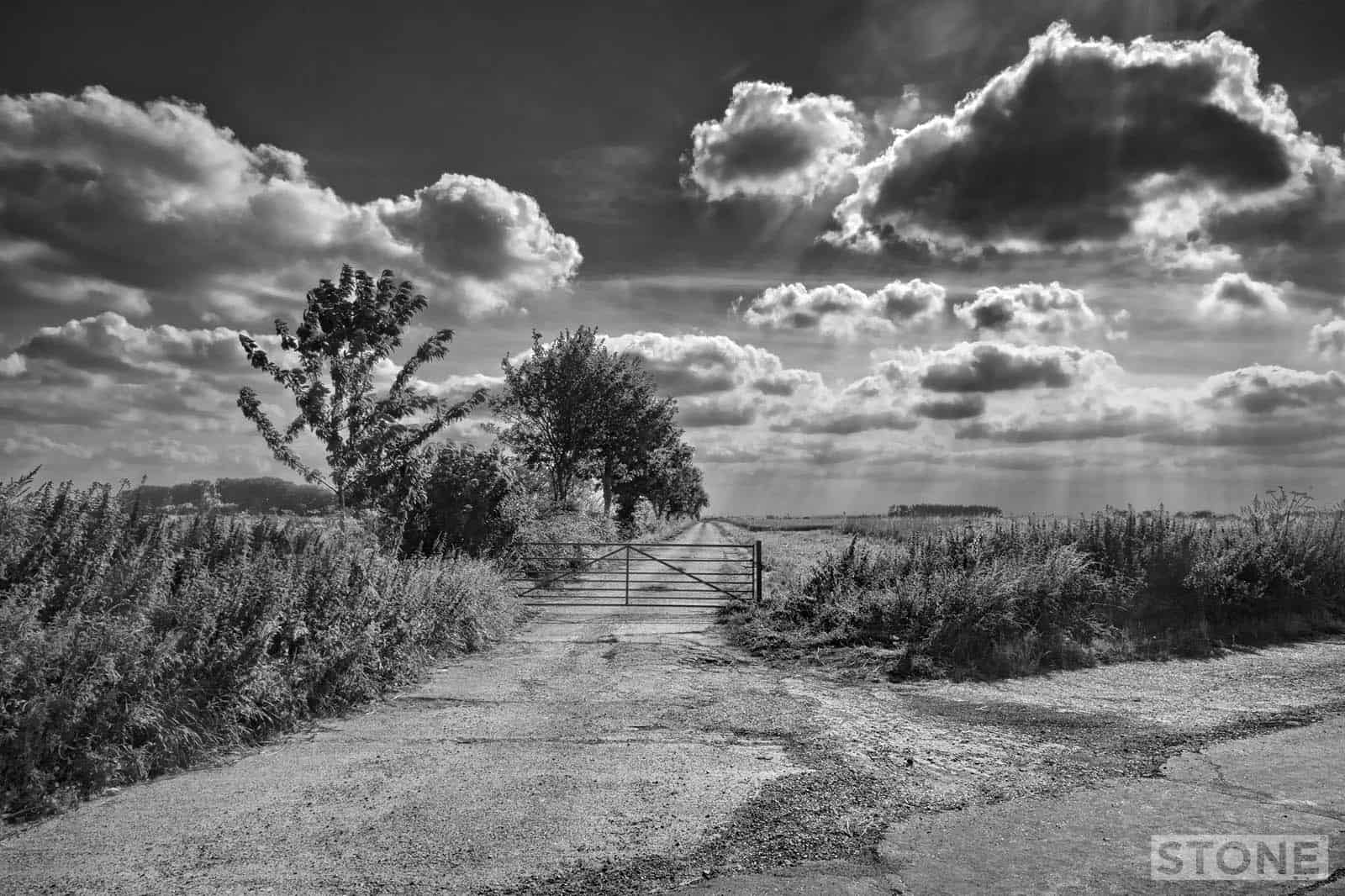

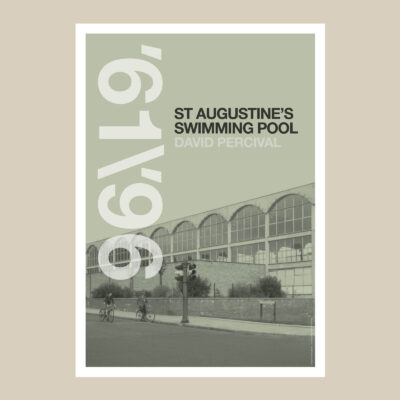
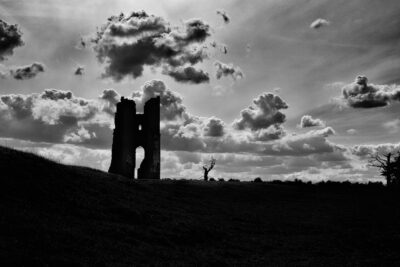
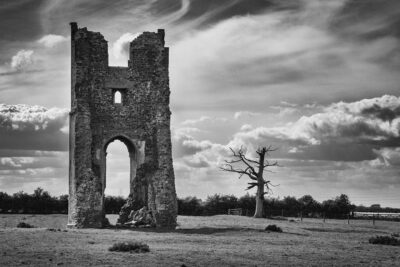
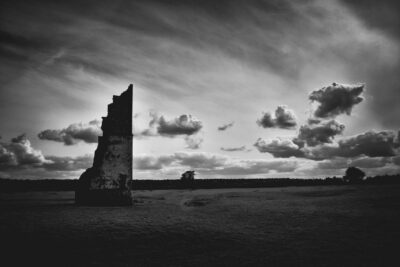
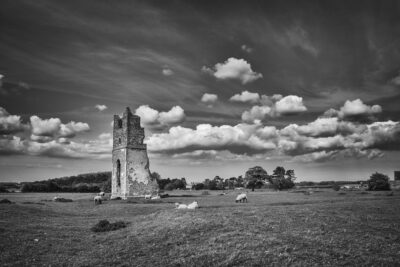
Thank you for the description and beautiful photos. My father was one of the last to be reported missing, presumed dead, from RAF Swannington in September 1944.
Hi Erica
I have been researching RAF Swannington for a couple of years now and have been in touch with some of the crews living relatives. Last year saw the 70th Anniversary of the closure of RAF Swannington and over 300 people attended the Remembrance and Commemoration Service in the Church there. It would be great if you could contact me and let me know about your Father.
This is really interesting. My father was a Mosquito pilot with 85NF Sqadron 1944-5.
I did visit just once about 5 years ago and really wanted to look around but didn’t wish to trespass, but did walk up to the church.
Sadly I have no photographs of the period.
I did meet one flight Commander johnnCunningham a few times, and made brief cont@ct with my fathers nav I gator Jock Honeyman.
I must make another attempt to get clear sernto the church.
I have paid quite a few visits to this area more recently, I was there only last week in fact I was also there during WW11 as a five year old boy. We used to stay at the gamekeepers cottage a mile down the road from RAF Swannington. We would watch the activities of the Mosquito aircraft especially a night from the bedroom windows. We used to live with the Hammond family and go for walks up to the camp and watch films in the NAAFi. I have some pictures from the 1940’s from our stay at the cottage which by the way is still there although now under heavy security. We witnessed one aircraft crash land in the cornfield and set fire to it as the fire engines came down from the camp. Many happy memories.
John Cuttriss.
Hello John
We were interested to read your recollections about RAF Swannington. We have bought the land around the church for Hillside Animal Sanctuary and have recently unearthed lots of concrete tracks in the woods which have been buried for the last 70 years. If you would like to come to have a look, please let me know. Wendy
Well done Wendy. I was born in School Road in 1940 and can remember the noise from the adjacent airfield. It is great that we shall soon have ‘Haveringland Park’ revived. The appearance is already getting there and for the ‘park’ to be filled with animals is fantastic, just a shame the Hall is no longer there! Desmond Tubby.
I have just seen this page whilst looking at the history of the site.
Is it still possible to get permission to explore the sanctuary owned land ?
Hi Wendy, I have only just picked up this message. It’s a pity as I have only just returned from a holiday in Hopton-on-Sea and Vauxhall caravan park when I could have paid you a visit. I went to the Norwich air Museum on my way home back to Chesterfield which is a bit of a treck. If I get down that way again I will let you know but it doesn’t seem likely this year. In the meantime here are my details.
John Cuttriss.
Hi John
I have been researching Haveringland and RAF Swannington for a couple of years and would love to hear from you with any stories you have about your time here.
We have no history ourselves of Haveringland but by chance booked a last minute stay in a lovely lodge 9 Lakeside on the Sykes holiday cottage page, we found out part of the history by having a stroll up to to the beautiful church and reading the commemorative plaque. Researching now how privileged we feel to have stayed on such a historical site, now very peaceful definitely worth a visit for anyone wanting to research the site.
used to cycle to the airfield as a young boy can remember seeing some of the airman on cycles going from their places. As kids we would cycle to the airfield from Salle where I used to live and would often call out to the airmen sad d the day it was closed .I still on occasion visit the airfield site it brings back great memories pity some of the old buildings still standing have no access .
What lovely and evocative photos. I have a slightly different angle to this story. In the late 70’s early 80’s I was a computer engineer responsible for the then, state of the art, computer systems at Gibbs Palmer who had their warehouse and offices on the old base. On the wall in the stairwell of the building there was a large board from the old base detailing pilot’s names and, I think, various sorties. As I passed this board on each visit I was always reminded of the sacrifices made, and how lucky we are today, thanks to those brave men and women. I often wonder what happened to that board and I hope it is proudly displayed somewhere for all to see.
Thank you for posting the story of your visit to RAF Swannington. My father was based there as a member of 157 squadron. He was a radar ground technician officially part of the RCAF on loan to the RAF for the duration of the war. Growing up he would infrequently recount a story or two of his time on this base, and as a kid I would sometimes listen… sometimes not enough. He is gone now, living to be 96. Like trying to put together a jig saw puzzle that I will never complete, I am now left with assembling my recollections of his stories and what can be understood from articles such as your own.
For example, I have an original copy of the photo of the mosquito sitting near the church. That image was also used on their squadron’s “Christmas cards”. Apparently the squadron included an avid amateur photographer and my father retained several other photos, likely from him. I would expect that photography on that airbase with the equipment they were using was likely frowned upon.
Thanks again